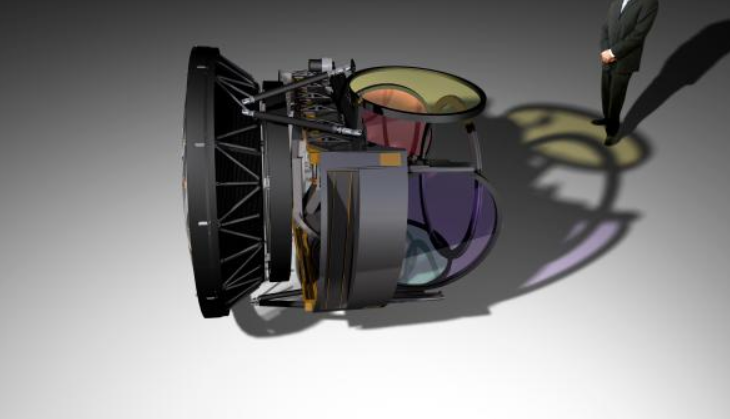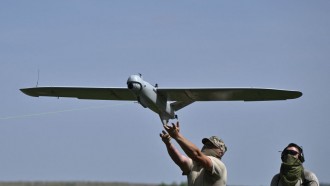The LSST Camera, boasting nine years of meticulous construction and a staggering 3.2 billion pixels, has reached its completion.
As the largest digital camera ever designed for astronomy, it now stands ready to reignite our understanding of the cosmos.
Positioned at the heart of the Vera Rubin Observatory, this instrument is now ready to take space exploration to new heights.
A Gateway to Exploration: The Rubin Observatory's Mission

(Photo : rubinobservatory.org)
An astrophysicist describes that LSST digital camera will soon produce the "greatest movie of all time" in the skies.
At the core of the Rubin Observatory's mission lies the ambitious 10-year Legacy Survey of Space and Time (LSST). This monumental achievement aims to conduct an extensive, continuous survey of the cosmos, capturing invaluable insights into various celestial events.
From unraveling the mysteries of dark matter and dark energy to studying the formation of galaxies and the dynamics of our solar system, the LSST promises to unlock a treasure trove of astronomical knowledge.
Related Article: NASA Picture of the Day Unveils an Unusual Cosmic Firework Named Pa 30
How Impressive is the LSST Camera
Equipped with a colossal 5.1-foot-wide optical lens, the LSST Camera is primed to capture the celestial canvas with unprecedented clarity.
With its ability to snap a 15-second exposure of the sky every 20 seconds, while seamlessly transitioning between different wavelengths of light, it will meticulously document the ever-changing tapestry of the heavens. This continuous monitoring will not only create a mesmerizing timelapse of cosmic events but also enable astronomers to pinpoint transient phenomena for further study.
The Making of the LSST Camera is a Technological Wonder
Crafting the LSST Camera demanded nothing short of excellence. Comprising 21 rafts forming the camera's focal plane, each component represents an epitome of precision engineering.
Despite its weightiness-tipping the scales at 6,200 pounds-the LSST Camera is proof of human ingenuity and technological prowess. Its impressive imaging capabilities can discern minute details, akin to spotting a golf ball from a staggering distance of 15 miles.
Challenges and Solutions: Navigating the Night Sky
While the Rubin Observatory's location in Chile's Atacama Desert offers respite from terrestrial light pollution, the reproduction of satellite constellations poses a new challenge.
To mitigate the disruptive streaks caused by passing satellites, astronomers are exploring innovative solutions, per Gizmodo. Despite these hurdles, the LSST remains ready to unveil the secrets of the universe, with its first captivating images set for release in March 2025.
"I'm personally most excited to study the expansion of the Universe using gravitational lenses to better understand Dark Energy. That means two things: 1) measuring the brightness in all six of our filters of literally billions of galaxies and very carefully measuring their shape, which has been subtly altered by the bending of light by matter, and 2) discovering and studying very special objects where a distant quasar is almost perfectly lined up with a more nearby galaxy," said Aaron Roodman, a physicist at SLAC and lead on the camera program told Gizmodo via an email.
The Mysterious Cosmos
As the LSST prepares on its journey of discovery, astronomers imagine if this transformative era can give them a deeper understanding of the universe. By expanding the cosmic catalog and revealing the dynamic nature of celestial phenomena, the LSST promises to illuminate the darkest corners of space and usher in this age of astronomical exploration.
Read Also: NASA is Inviting Citizen Scientists to Snap Pictures of Clouds During the April 8 Eclipse









